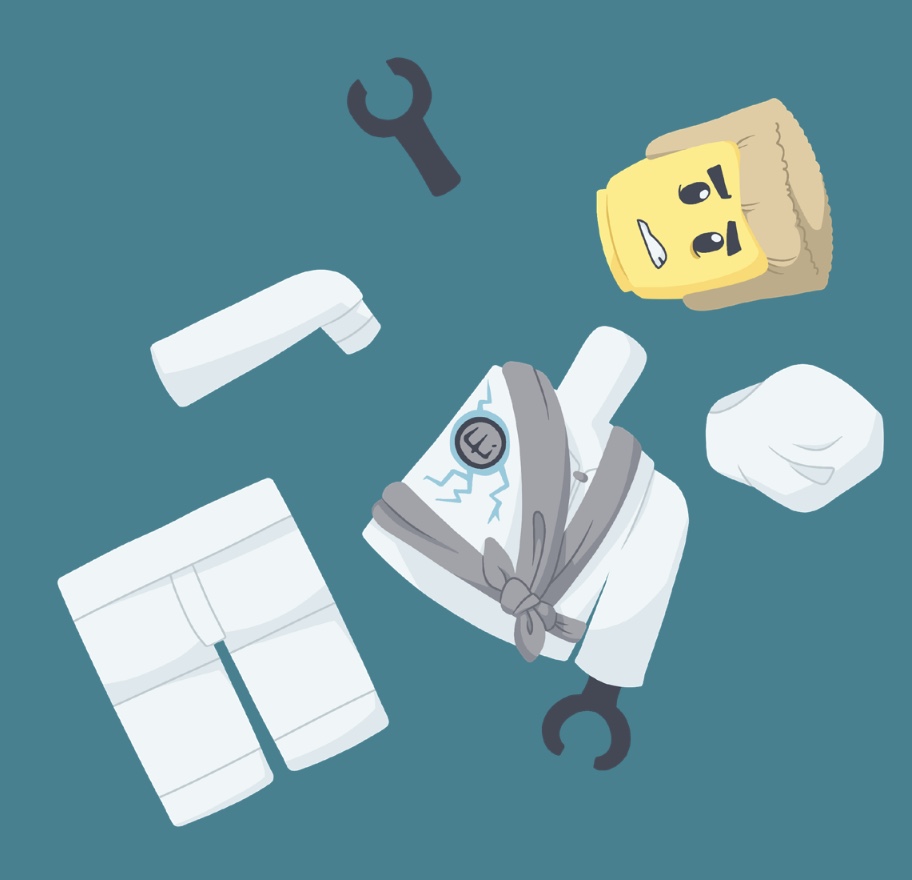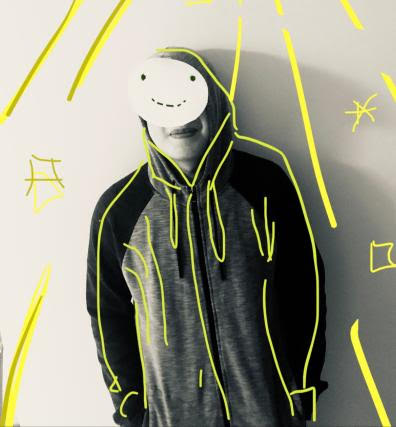
After regularly consuming a piece of media, audiences can feel emotionally attached to the characters they have seen for multiple installments; in many long-running stories, some characters, unfortunately, kick the bucket. The death of a fan-favorite character can elicit strong emotions from the audience, for better or worse. Because of this, the character could come back in future installments. However, stories should avoid reviving their dead characters as it can nullify their death, and as a result of their return, it can cause the entire plot to feel repetitive.
The death of one of the main characters should make the audience feel something. In the third season of the show: NINJAGO, something unprecedented occurred. Zane – the ninja of ice – dies while fighting the Overlord. Zane was one of the main ninjas in the NINJAGO franchise and the ninja who had received the most character development in the first three seasons. Initially serving as an outcast character, Zane’s personality was not just mysterious to the other characters and audience, but also himself. As the series progressed, Zane had a revelation after visiting a workshop in a forest: he was a robot. He finds out that his memories were wiped out and finds a memory switch.
Flipping the switch leads him to discover his purpose for being built: to protect others who cannot protect themselves. Instead of making Zane seem more robotic, his personality slowly became more human-like. He became more empathetic and had confidence in himself and his abilities. NINJAGO’s third season displayed Zane’s character development throughout the series by introducing nindroids – replicas of Zane who were soldiers for the Overlord. As the nindroids carry out the Overlord’s bidding mindlessly, Zane willingly sacrifices himself for the sake of others numerous times throughout the season. He is even given a love interest in this season, further driving in that he is becoming more human-like. All of this culminates in Zane sacrificing himself by using all of his elemental power to freeze the Overlord to the point where he explodes.
Zane did not just fulfill his purpose to protect others who cannot protect themselves, but his sacrifice also established him as the most generous and loving character in the series. His death was painful not only for the characters in the show but also for the audience of prepubescent kids, who most likely have not experienced the death of one of the main characters in a television series. Although his sacrifice was sad, Zane’s arc was complete. He accepted who he was and fulfilled his purpose for being built by saving everyone in NINJAGO.
Despite this, Zane was promptly brought back one episode after his death. Although the next episode aired three months after, the time between his death and return made his death useless. Instead of bringing Zane back to life right away, NINJAGO could have done something similar to what Gurren Lagann did with their main character for the first few episodes, Kamina. With this approach, Kamina’s death does not feel unnecessary and allows the audience and characters to see a prominent character return near the end of the series. Kamina’s return was also several episodes after his death, allowing the characters and audience to already process his death and make them genuinely happy for his return. Although Zane’s return was well received by fans, it set a dangerous precedent for the subsequent installments of the series.
The plot of a show can devolve when it revives a prominent character from the dead. The episode after Zane’s death shows the emotional impact on the remaining ninjas. After donning the catchphrase “ninja never quit”, the ninjas finally appear to quit. It was an interesting and unique direction for NINJAGO because the ninjas always defeated their enemies with minimal consequences up to this point.
The writers could have shown the ninja trying to fight their enemies without Zane, showing them attempting to move on and accept Zane’s death. Instead, the ninjas are made aware of Zane’s resurrection at the end of the first episode of the season, bringing the status quo back to normal. The ninjas do not cope with the death of Zane nor reunite despite his death. They reunite only to get Zane back from his captor.
Because of his return right after his death, Zane seems invincible. No matter how much damage is inflicted upon him, he somehow comes back. Zane is brutally damaged and deactivated throughout the subsequent seasons of NINJAGO but there is no emotional impact because he can somehow return. His character suffers because of his invincibility: if he can come back at any time, the sacrifices that he makes also do not hold as much weight.
Since his story arc was already complete at the end of season three, his character does not develop whatsoever. Even when he unknowingly commits a mass genocide in season eleven, he was technically manipulated because he was a robot, so he does not face any consequences or development. Zane’s return set a dangerous precedent in reviving dead characters in the series, eventually leading to the main villain Garmadon returning.
After Garmadon becomes evil, gets purified, and dies to save NINJAGO, Garmadon returns as a villain in season eight after being resurrected by the villain of the season. After he became purified, Garmadon held the sensei position along with his brother Wu, showing that he was not all bad; however, after The LEGO NINJAGO Movie, Garmadon returned as the villain. When Garmadon returned as the villain, the plot became reminiscent of that of the first two seasons. Although it can provide nostalgia to older viewers, the story keeps repeating itself every few years.
Deceased characters can appear in flashbacks rather than bringing them back to avoid repetition. In Part 6 of JoJo’s Bizarre Adventure, DIO – the overarching villain of the Joestar family – appears in a flashback sequence after dying in Part 3. This sequence not only serves as nostalgia to the fans, but it also shows the villain’s motivation in Part 6 all without reviving DIO.
Although series can bring back dead characters, they should refrain from doing so because it can lead to the death of a character being meaningless and the plot of the show devolving due to the character’s return. To be fair, a long-running television show targeted at kids like NINJAGO does not need a plot that is constantly evolving. For example, just take a look at Phineas and Ferb; however, in the time of reboots and remakes, it seems like it is becoming endemic among movies and television shows.

Comments